Nepal, Photos from a Trek to Mt. Everest Base Camp
These photos are from a trip trekking to the Mt. Everest Base Camp in November to December 1972. The trip was run by Mountain Travel Co. and the U.S. leader was Ray Jewell.

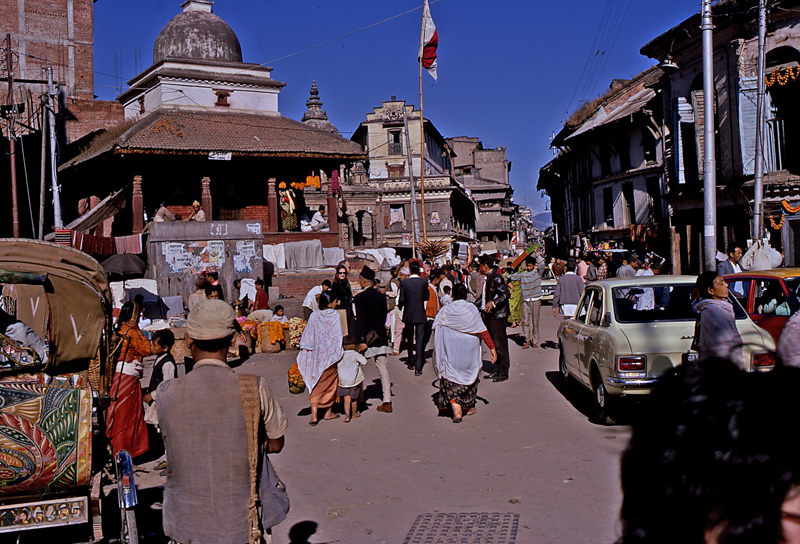
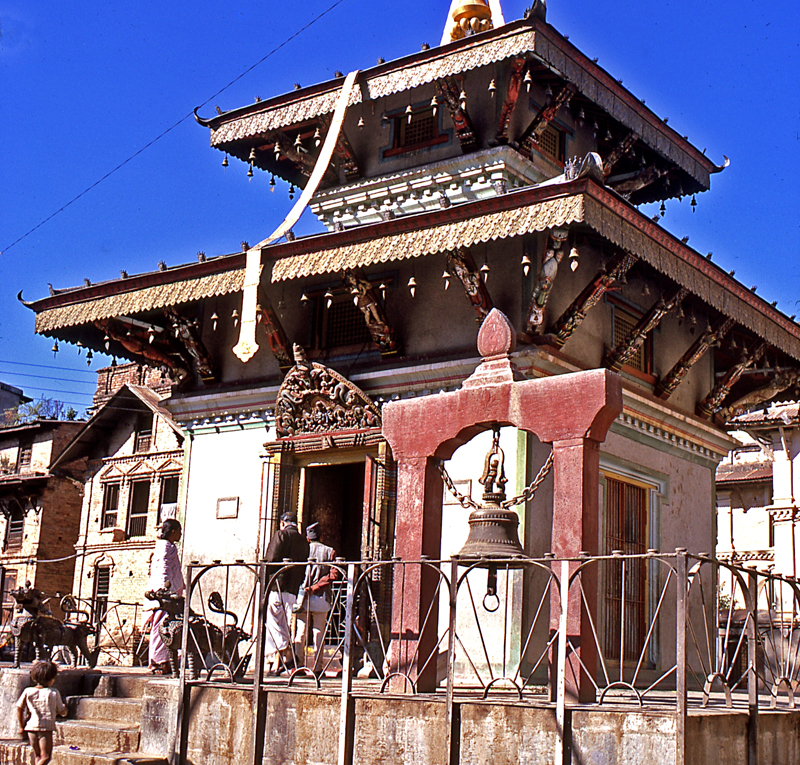
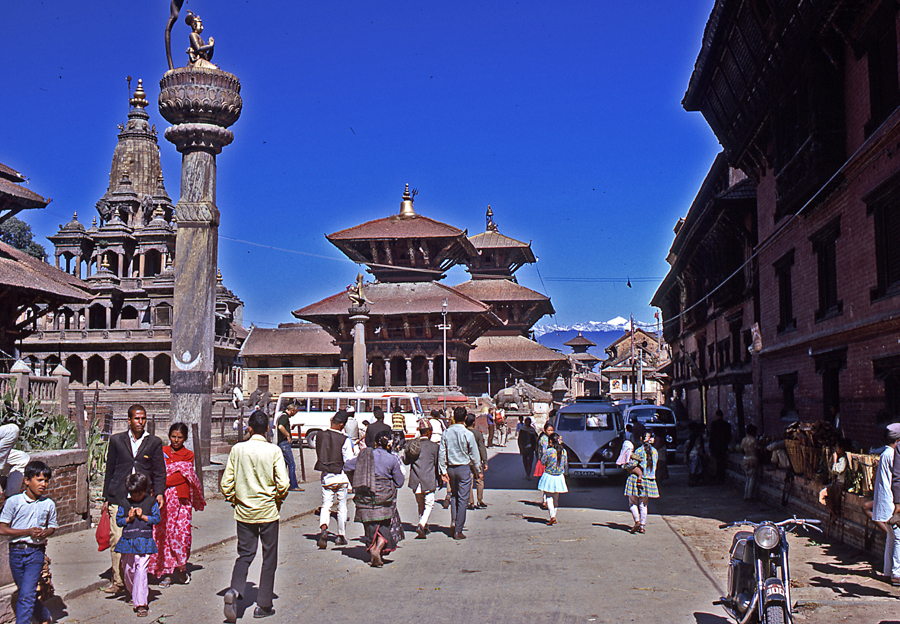
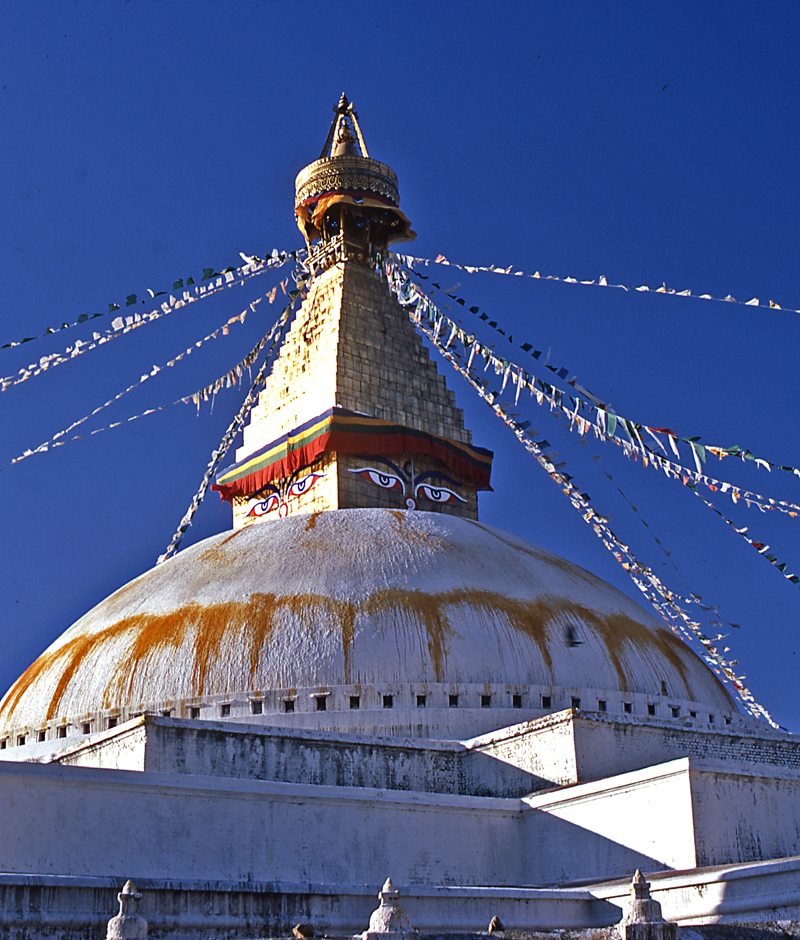


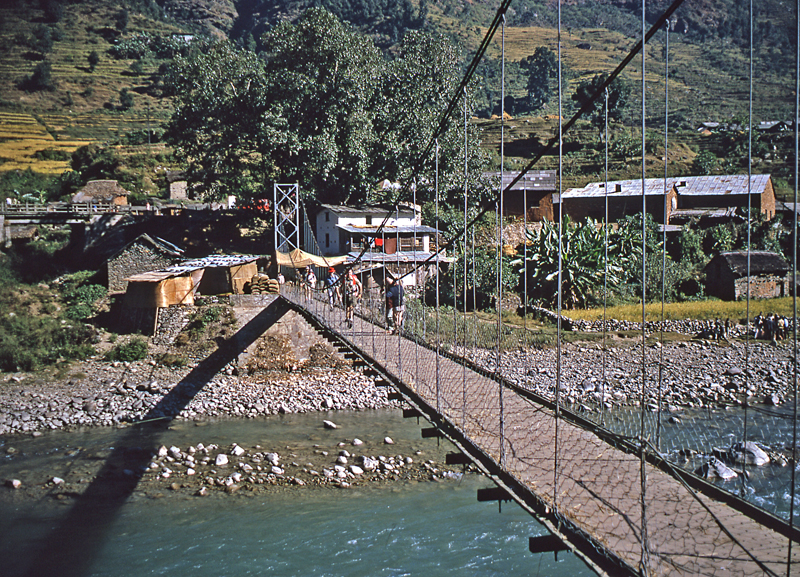
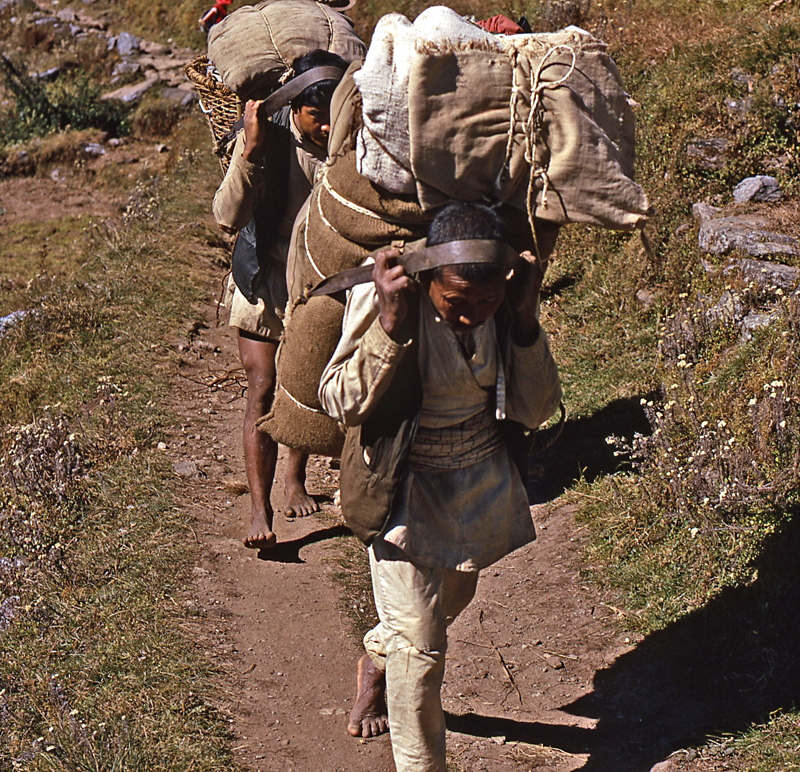
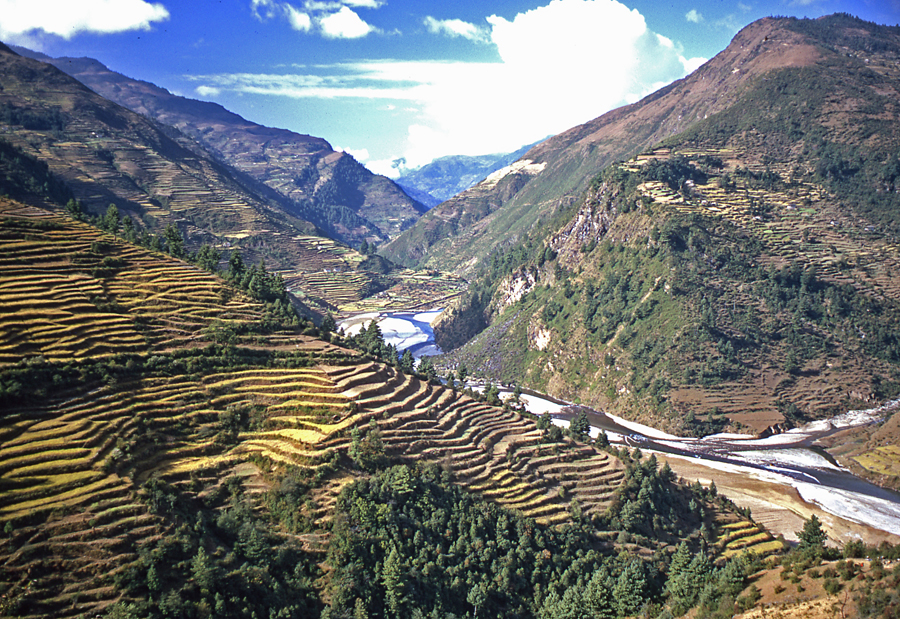
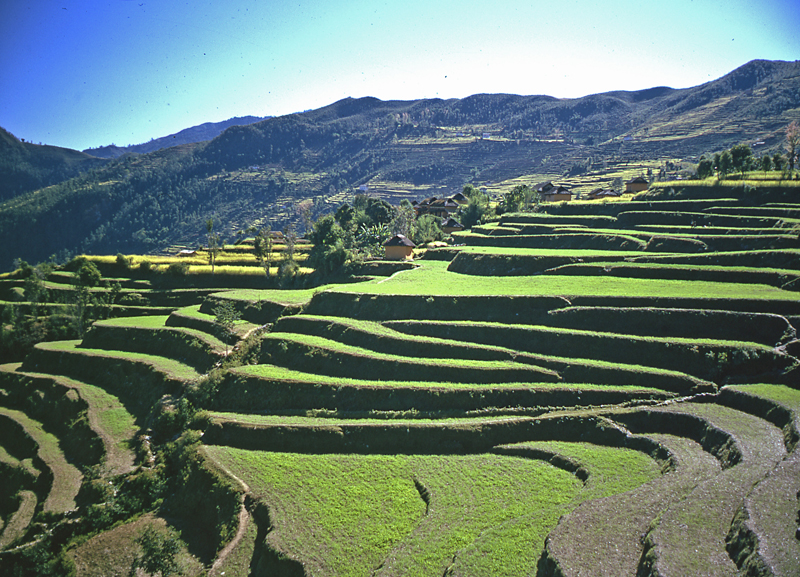
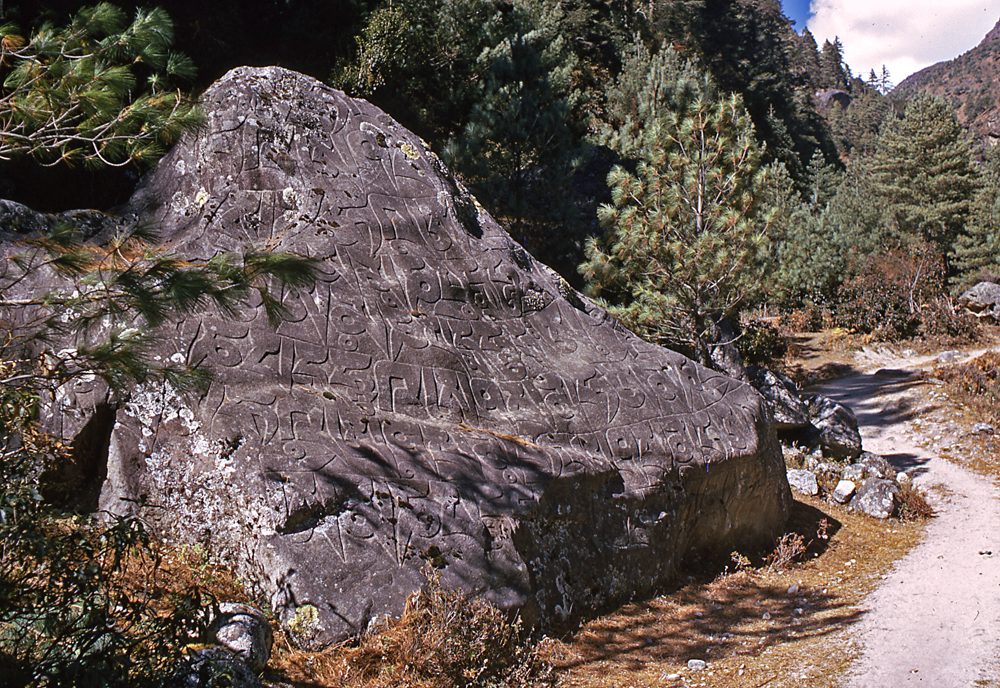
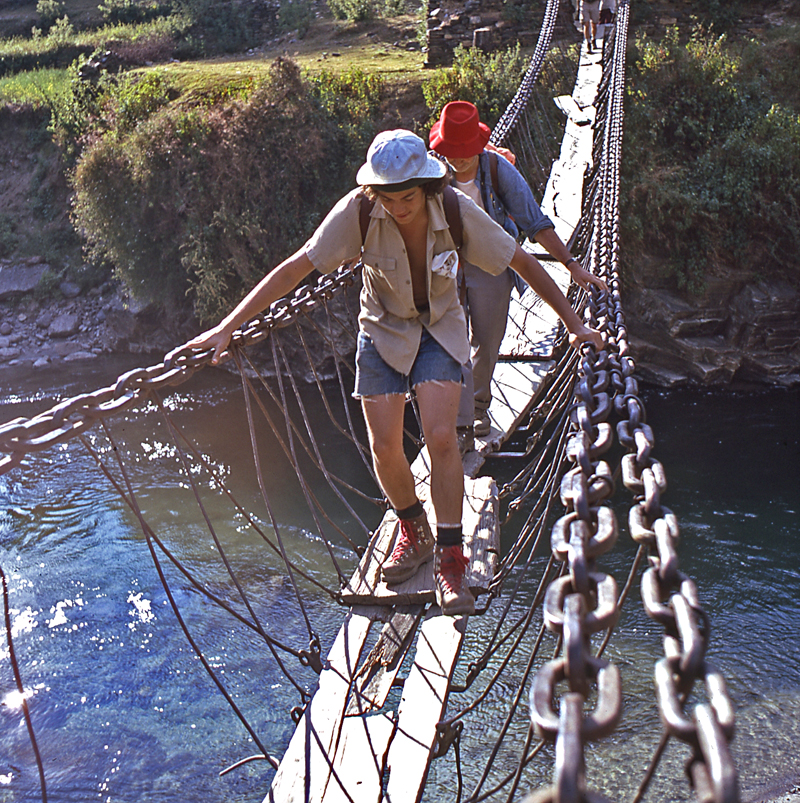
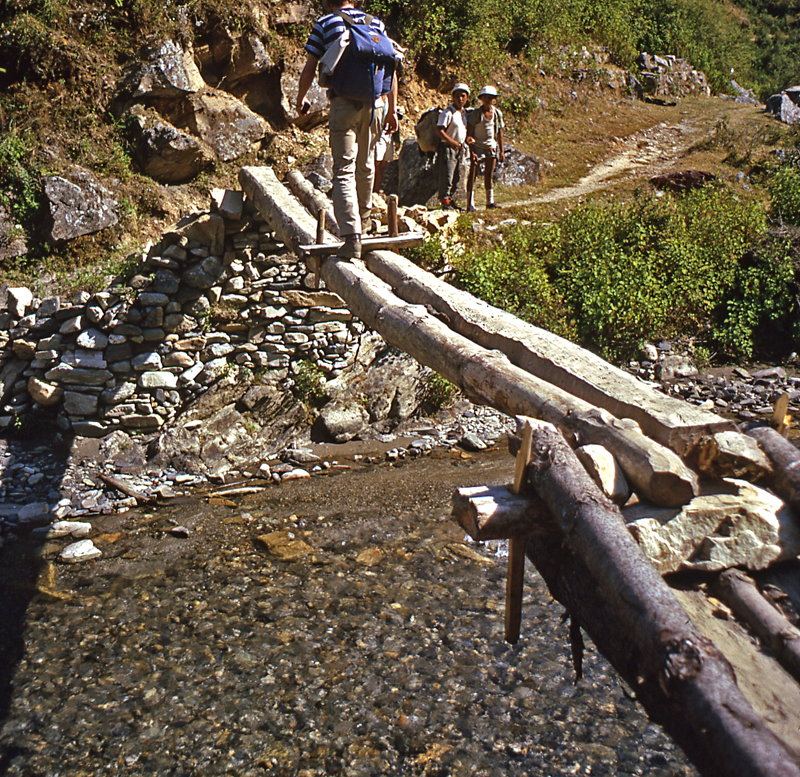
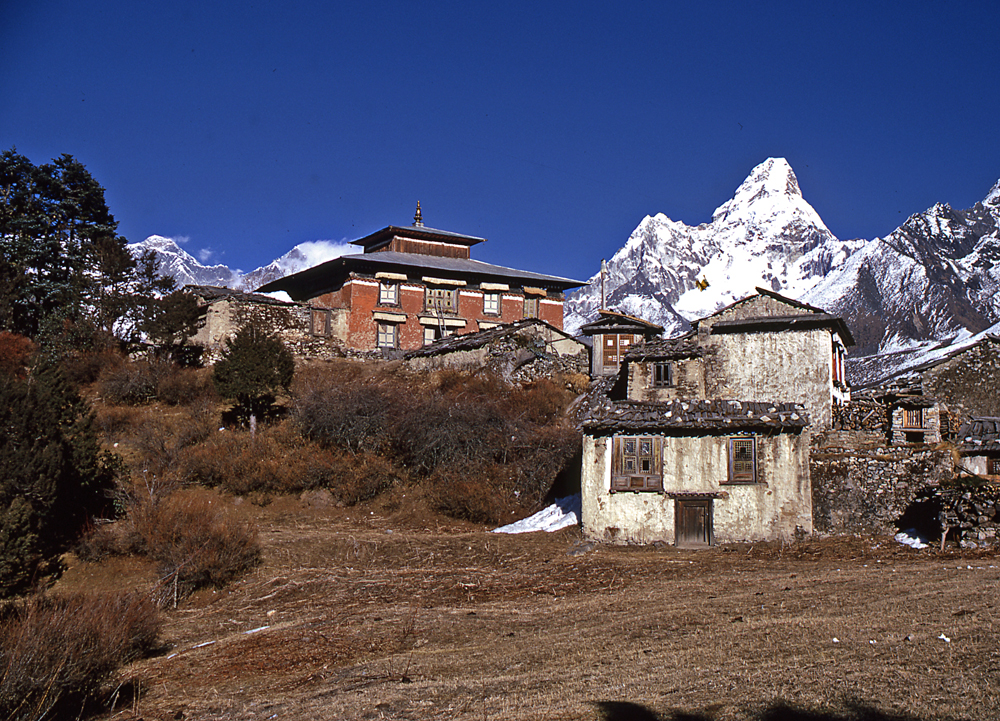
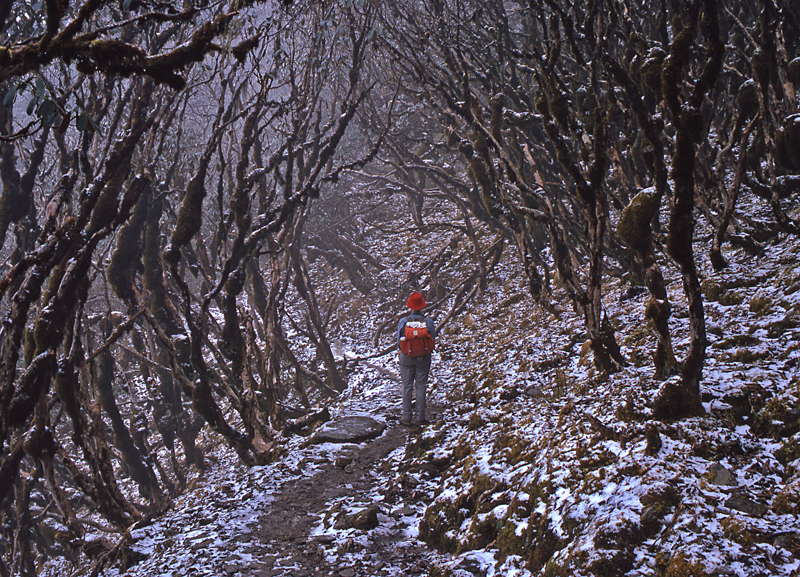
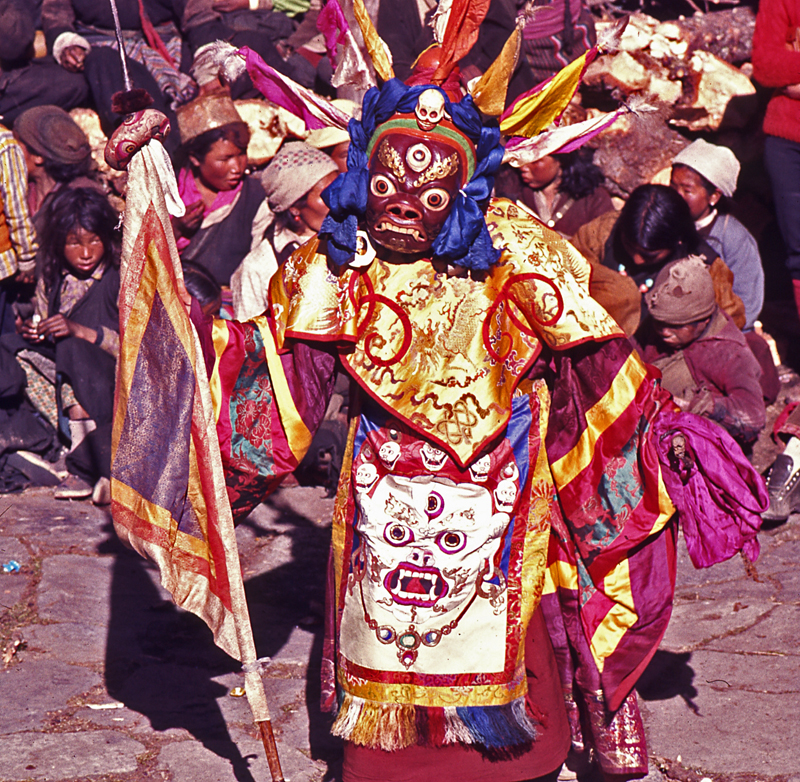
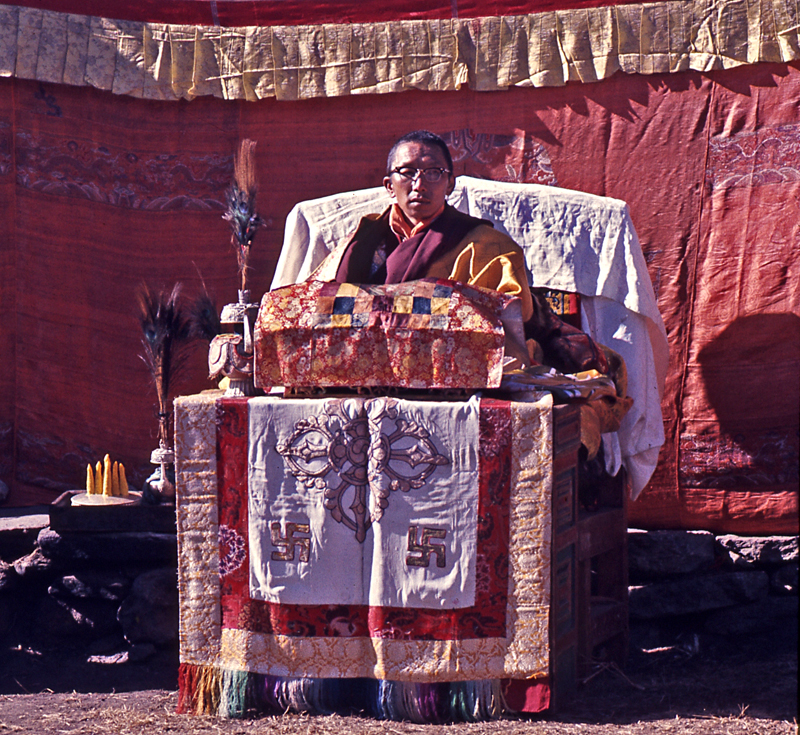
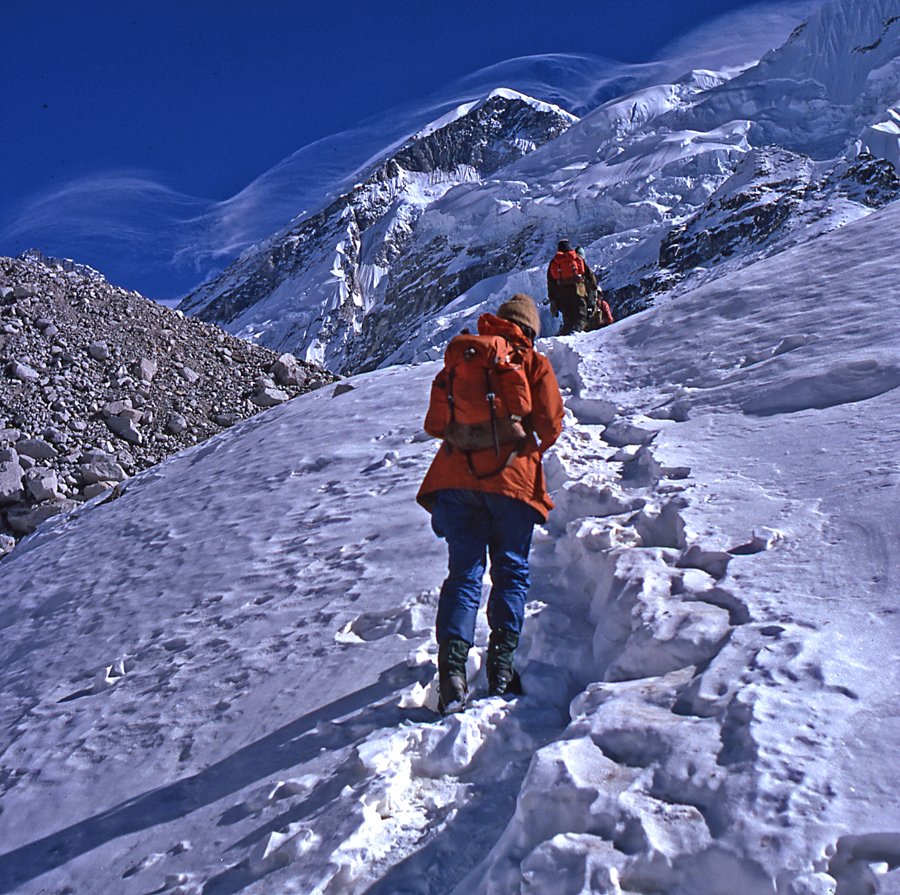
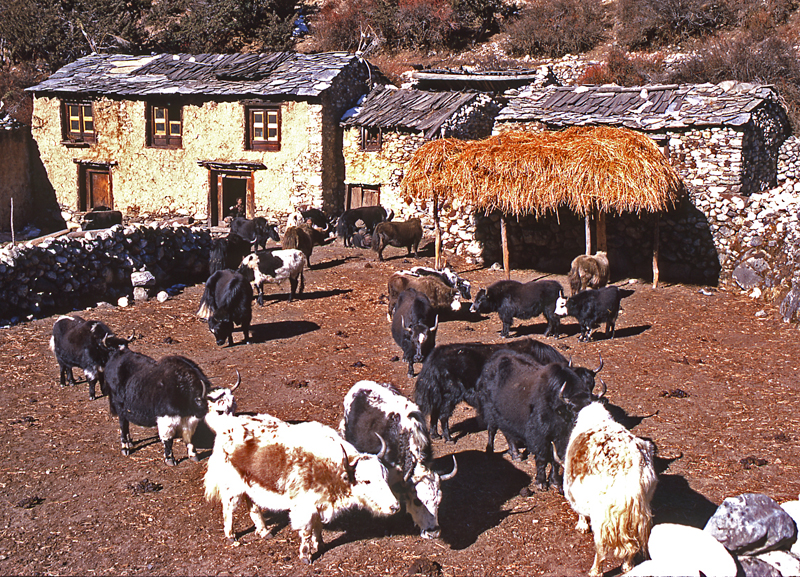
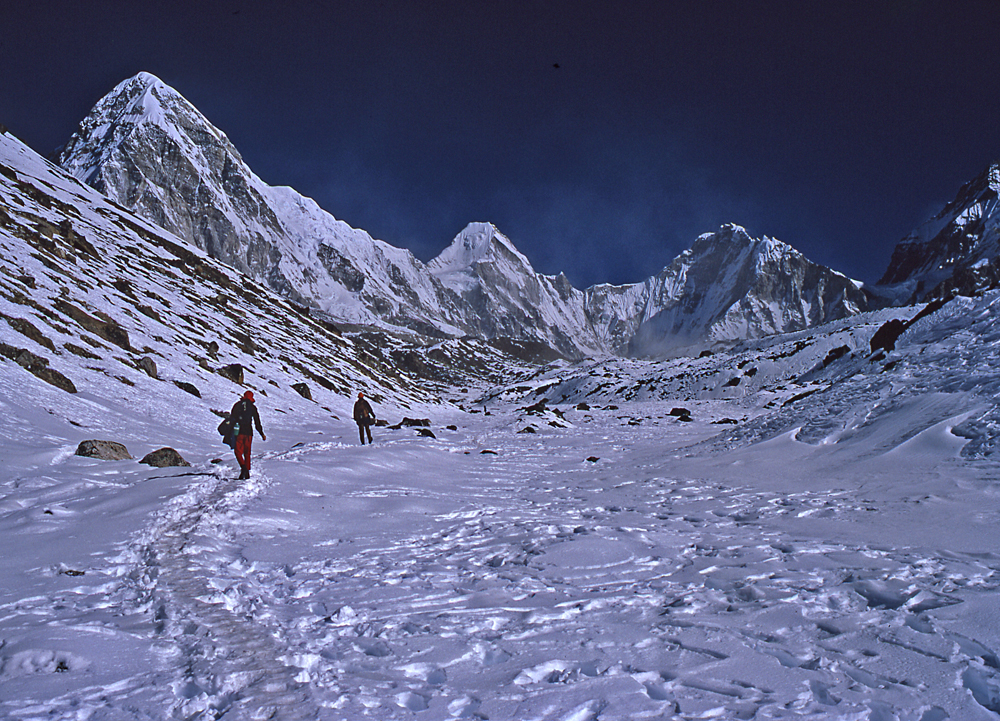
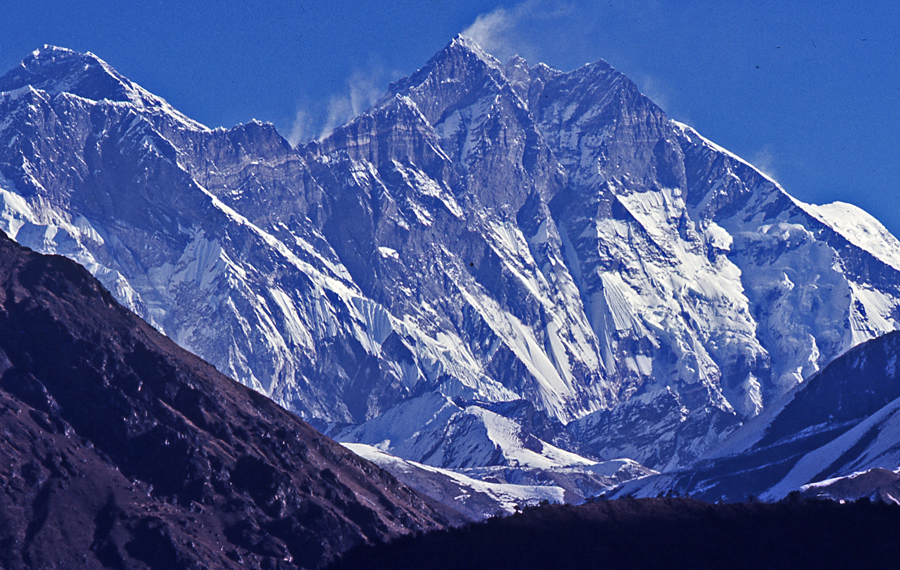
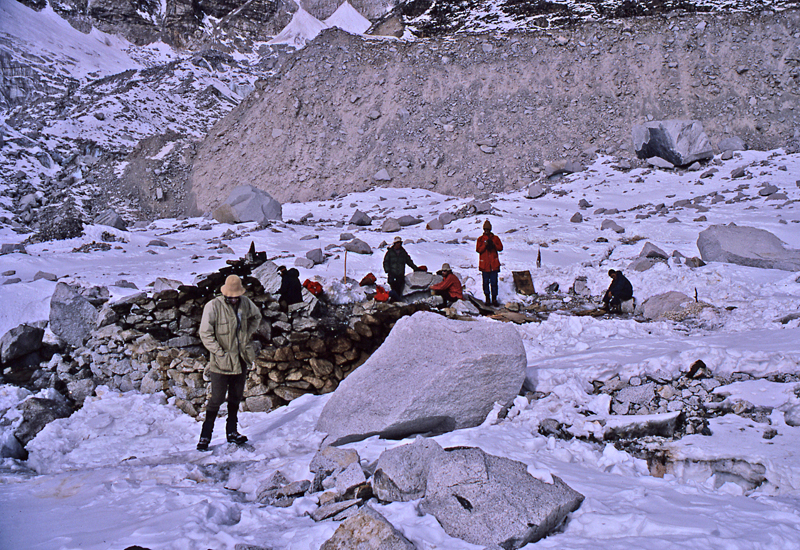
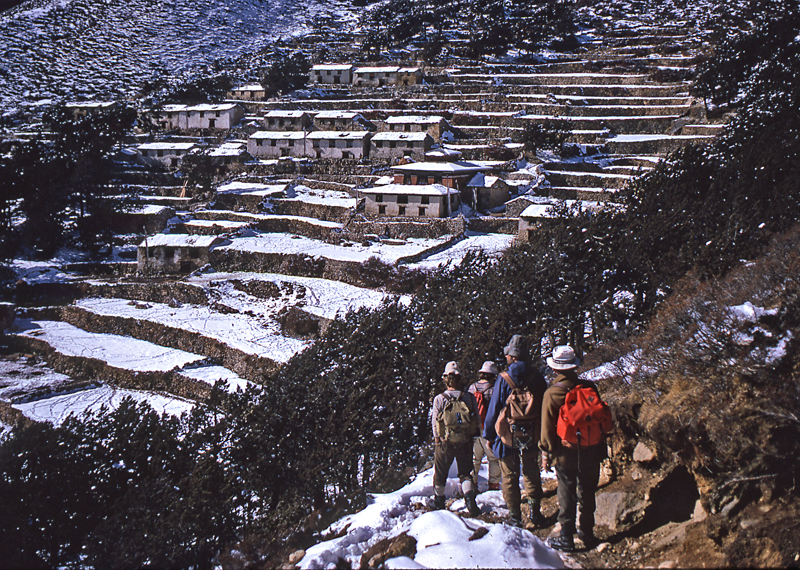
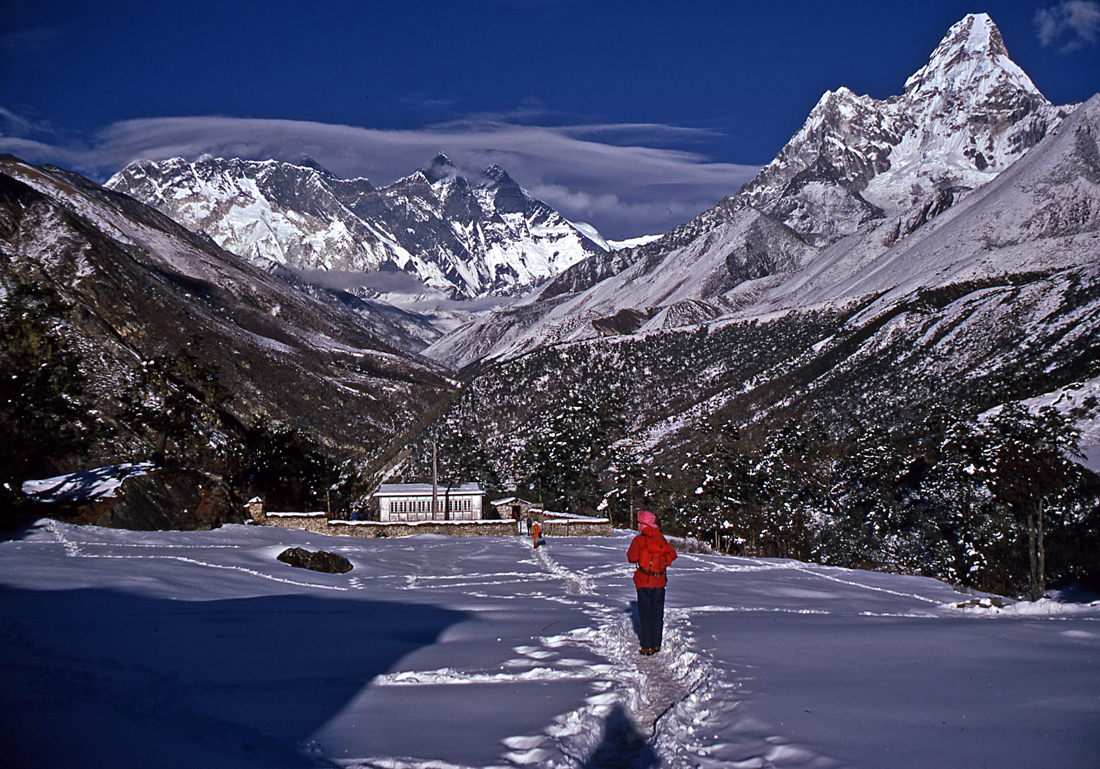
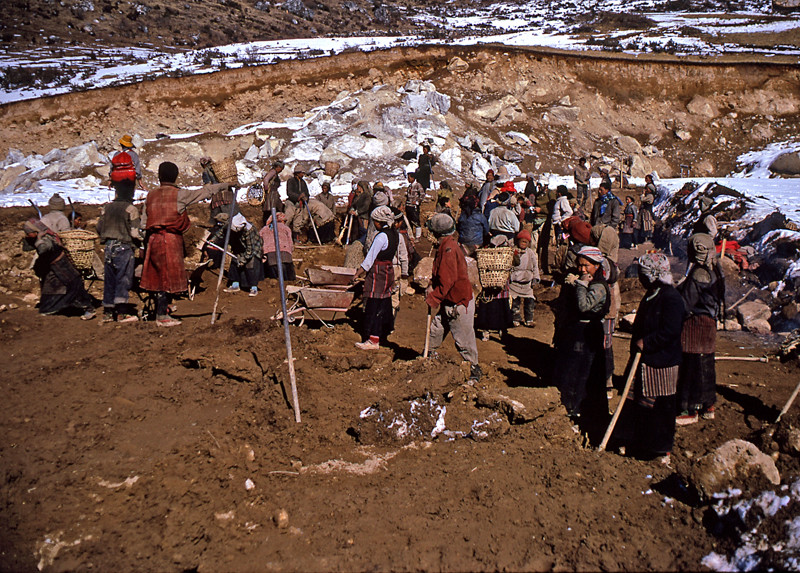
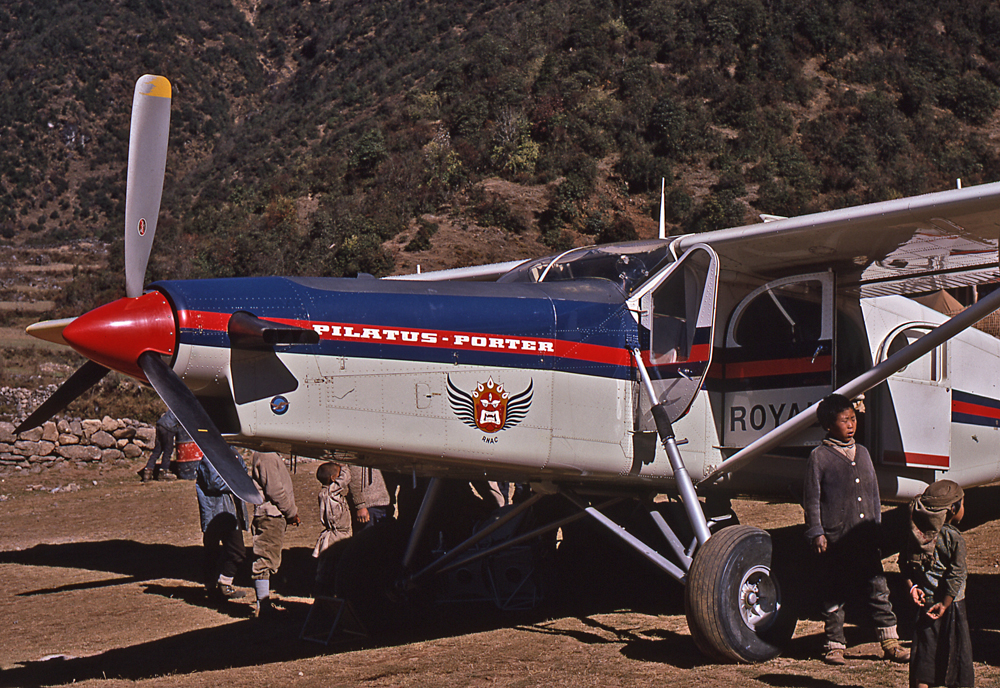
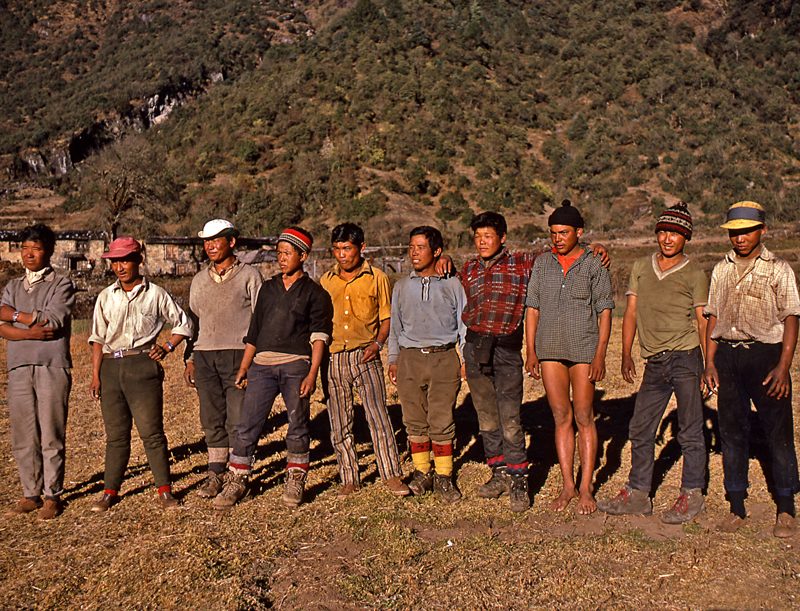
|
Nepal, Photos from a Trek to Mt. Everest Base Camp
These photos are from a trip trekking to the Mt. Everest Base Camp in November to December 1972. The trip was run by Mountain Travel Co. and the U.S. leader was Ray Jewell. |
||||||||||||||||||||||||
 |
 |
|||||||||||||||||||||||
| A busy street scene in Kathmandu. | ||||||||||||||||||||||||
 |
||||||||||||||||||||||||
| Our group stays at the Hotel Soaltee Oberoi, probably the best hotel in Kathmandu at that time. Built in 1966. | ||||||||||||||||||||||||
 |
||||||||||||||||||||||||
| Heading to see some of the many temples in Kathmandu. Some of these may have been destroyed in the 2015 earthquake. | ||||||||||||||||||||||||
| I don't recall the name of this temple. | ||||||||||||||||||||||||
 |
 |
|||||||||||||||||||||||
| To the left and above is the famous Swayambhunath Stupa. | ||||||||||||||||||||||||
 |
||||||||||||||||||||||||
 |
||||||||||||||||||||||||
| After several days sightseeing in Kathmandu we drive two hours east to the trek starting point at Lamsangu. This is on the "Chinese Road" that goes to the Tibetan border. The bridge is at 2500 ft. and we have to hike up to our campsite at Thulo Pakha at 6500 ft. | ||||||||||||||||||||||||
 |
||||||||||||||||||||||||
| The Nyatapola Temple in nearby Bhaktapur was built in 1702. It did survive the April 2015 quake. | ||||||||||||||||||||||||
 |
||||||||||||||||||||||||
| Our group of 16 trekkers is supported by 8 Sherpas and 46 porters. Porters are shown here. They carry up to 60 lbs. and are paid 12 Rupees a day ($1.20 USD) at that time. | ||||||||||||||||||||||||
 |
A valley view early in the trek. | |||||||||||||||||||||||
 |
||||||||||||||||||||||||
| More terraced land where rice is the usual crop. | Nepalese writing on a boulder somewhere along the trail. | |||||||||||||||||||||||
 |
 |
|||||||||||||||||||||||
| Another interesting bridge. Better balance is needed on this one! | ||||||||||||||||||||||||
| The bridges are bit more precarious further on the trek. This one could use some repair! | ||||||||||||||||||||||||
 |
||||||||||||||||||||||||
 |
||||||||||||||||||||||||
| After 15 days we reach the monastery at Thyangboche, 12,670 ft. This monastery was built in 1915. It was destroyed in an earthquake in 1933 and rebuilt. Later in about 1990 it burnt down to due a fire. | ||||||||||||||||||||||||
| After 9 days of travel we cross the Lamjura Pass at 11,580 ft. The trail then goes down to the village of Junbesi at 8,775 ft. | ||||||||||||||||||||||||
 |
||||||||||||||||||||||||
 |
||||||||||||||||||||||||
| Colorful costumes at the Mani Rimdu which is described as a dance-drama. | ||||||||||||||||||||||||
| We arrive during the Mani Rimdu ceremony which is going on on the grounds beside the monastery. This is the Abbot of the monastery. | ||||||||||||||||||||||||
 |
||||||||||||||||||||||||
 |
||||||||||||||||||||||||
| Yaks at the back of a typical home in the Khumbu region. | ||||||||||||||||||||||||
 |
Further on we go to Periche at 14,000 ft. We have only Sherpas now since the porters do not have cold weather clothing. Our Sherpas rent a Yak for 24 Rupees a day ($2.40 USD) to carry some of our gear. | |||||||||||||||||||||||
 |
||||||||||||||||||||||||
| Our last camp is at Gorak Shep at 17,060 ft. From there it is a 2 1/2 hour hike to Everest Base Camp. At this time of year (November 25th) there are no expeditions there. That is Pumori Peak (23,419 ft.) on the left. | ||||||||||||||||||||||||
| A view of Lhotse with Everest on the left behind the ridge. This view was probably taken along the trail east of the Thyangboche monastery. | ||||||||||||||||||||||||
 |
 |
|||||||||||||||||||||||
| On the trail to the village of upper Pangboche. In the Gompa (monastery) we paid 5 Rupees each (about 50 cents) to view the famous "Yeti scalp and hand". | ||||||||||||||||||||||||
| There isn't much to see at the Everest Base Camp, some stone shelters and a lot of trash from the many expeditions over the years since 1953. | ||||||||||||||||||||||||
 |
||||||||||||||||||||||||
| An amazing view looking east from the Thyanboche Monastery with Ama Dablam (22,356 ft.) on the right and Mt. Everest just peeking out above the Lhotse ridge. It had snowed while we were at Gorak Shep so the scene is quite different. | ||||||||||||||||||||||||
 |
 |
|||||||||||||||||||||||
| After a hike south down the valley we reach Lukla which has an airstrip. We passed by here about 10 days before. I get to fly out on the Pilatus-Porter and the rest of our group flys in a Twin Otter. | ||||||||||||||||||||||||
| A construction gang working on the airstrip near Khumjung which will serve the "Everest View Hotel". This is now called the Shyangboche Airstrip and it is at 3780 m (12,401 ft.) | ||||||||||||||||||||||||
 |
||||||||||||||||||||||||
| These are the hard-working Sherpas who were with us the whole trek. The Sirdar or lead Sherpa was Nima Dorje the second from the left. Our trip ran from November 7 to December 6, 1972. A fantastic trip! | ||||||||||||||||||||||||